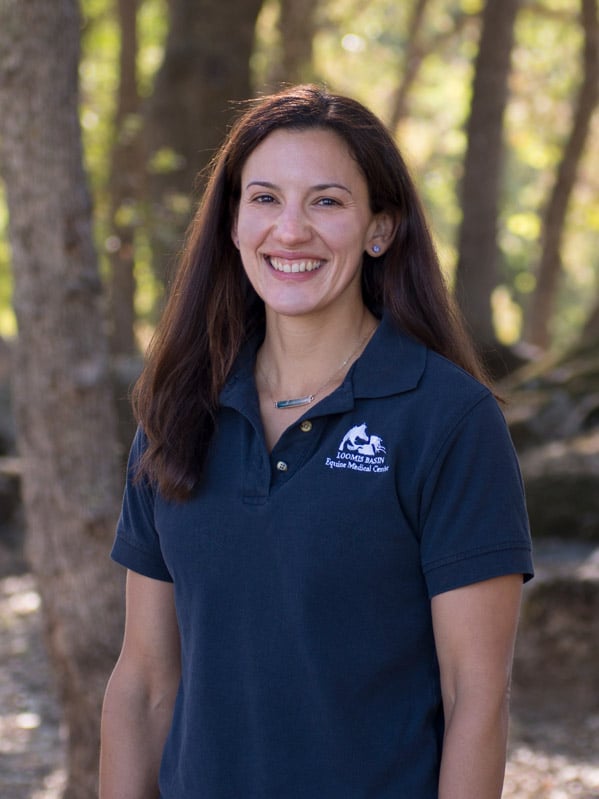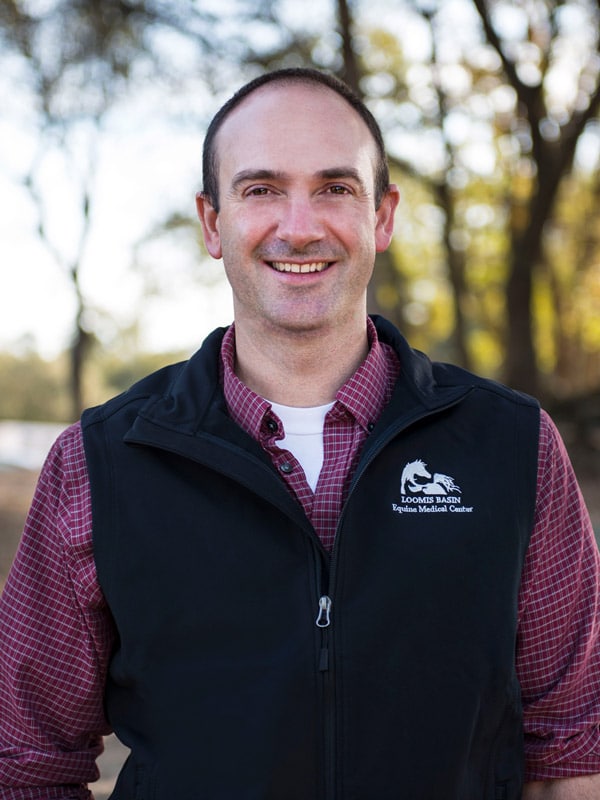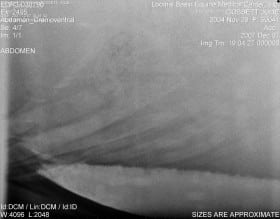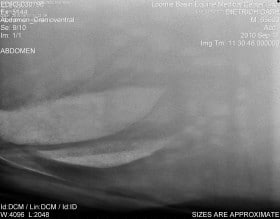
ARTICLE
by Diane Rhodes, DVM, ACVIM

VIDEO
by Langdon Fielding, DVM, DACVECC, DACVSMR
Share:
ARTICLE: Sand colic doesn't happen at the beach.
If you have owned horses long enough, you have likely had to deal with an episode of colic. Colic is a general term used to describe a horse with gastrointestinal up-set. There are many potential causes of colic, but for the purpose of this discussion we will focus on sand colic.
Intestinal sand accumulation is a common cause of colic in this region in the late summer and early fall when the majority of pastures are dry and lacking vegetation. Horses that are fed directly on the ground are likely to ingest significant amounts of sand as are horses that graze the remaining vegetation.
Many of the clinical signs of sand colic are similar to other potential causes of colic, including pawing, rolling, inappetance, lethargy, and flank watching. In addition, horses with sand colic may have an unthrifty appearance, a low-grade fever, a history of chronic colic, and a history of soft to cow pie manure. When listening to your horses gut sounds, the veterinarian may be able to auscult sand in the ventral part of the abdomen. This can sound like “waves on the beach”. Not hearing sand, however, does not rule this out as a cause of colic.
Diagnosing a horse with sand colic starts with a thorough physical exam. A sample of feces may be collected and floated in water to check for sand in the manure. In some cases, ultrasound of the GI tract may show some evidence of colon wall thickening as the sand is physically irritating to the intestine. The best test for confirming the presence of sand is abdominal radiographs. Sand appears bright white on the x-ray and can usually be seen in the ventral part of the abdomen. These bright deposits are seen in the following radiographs:



